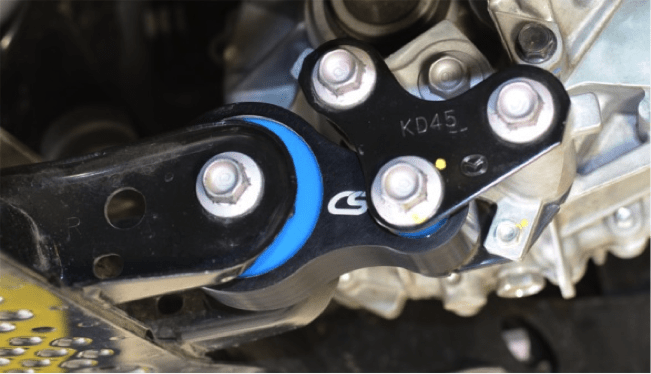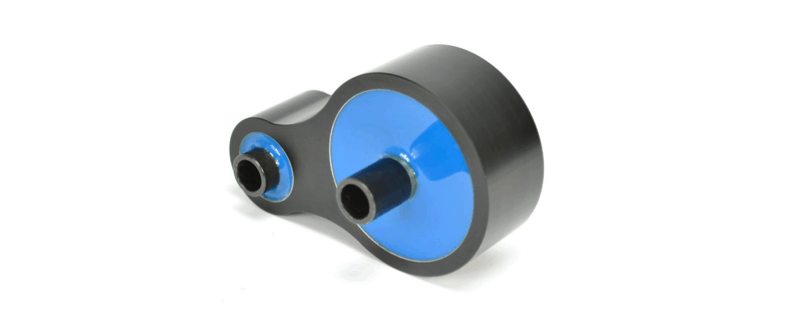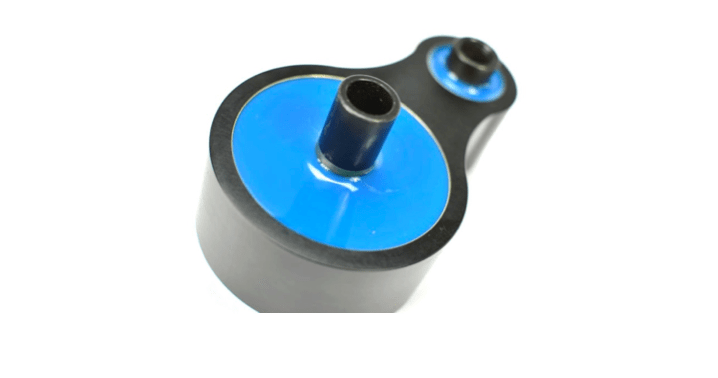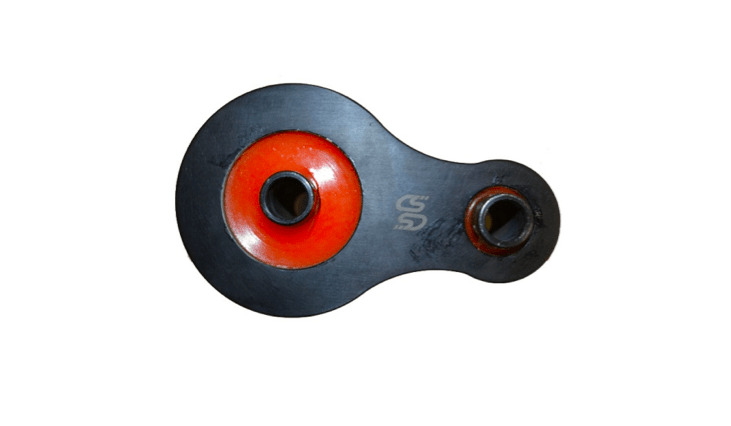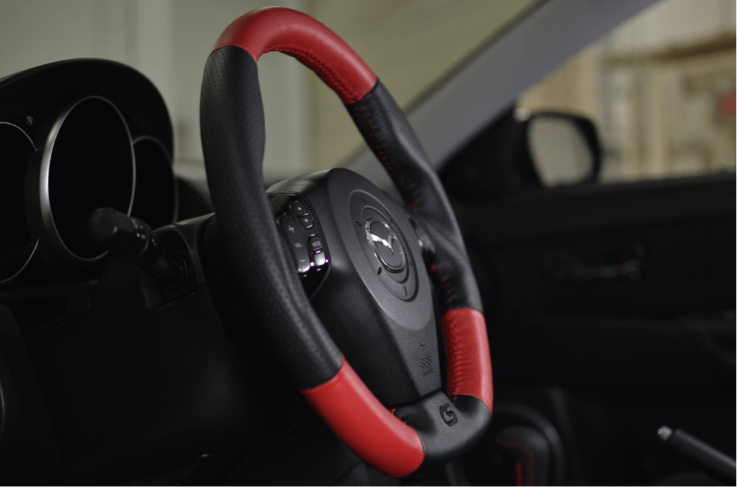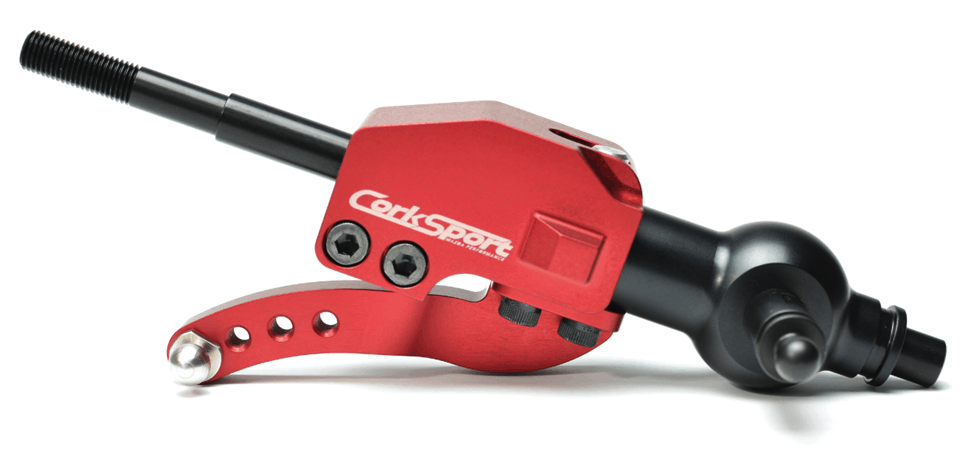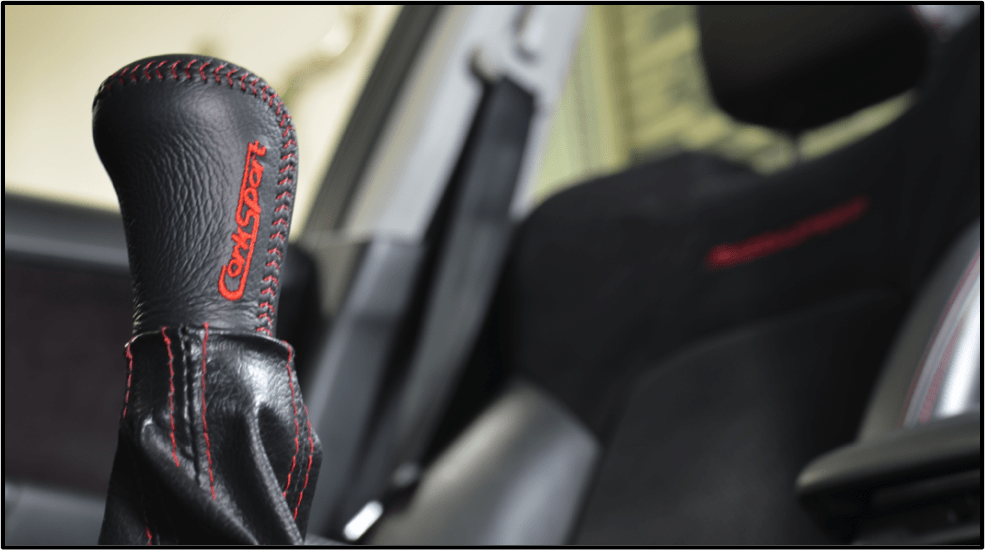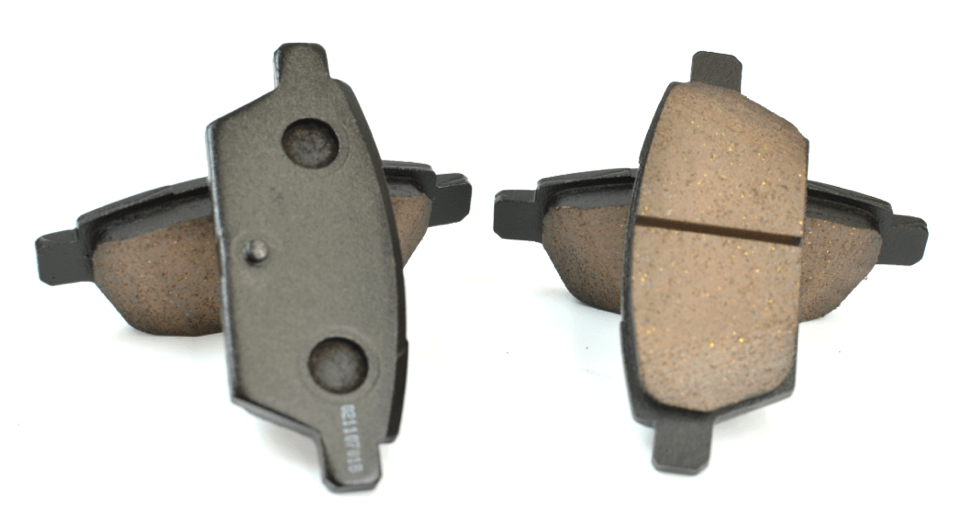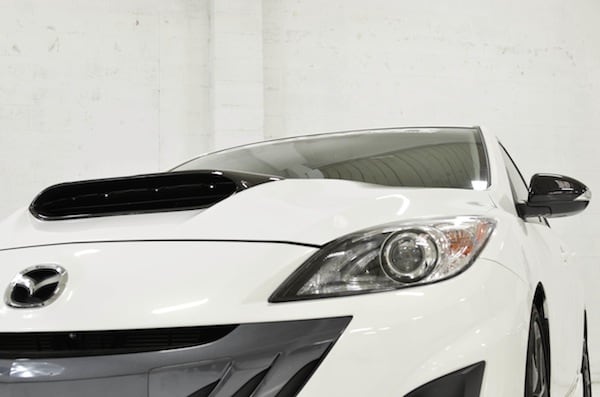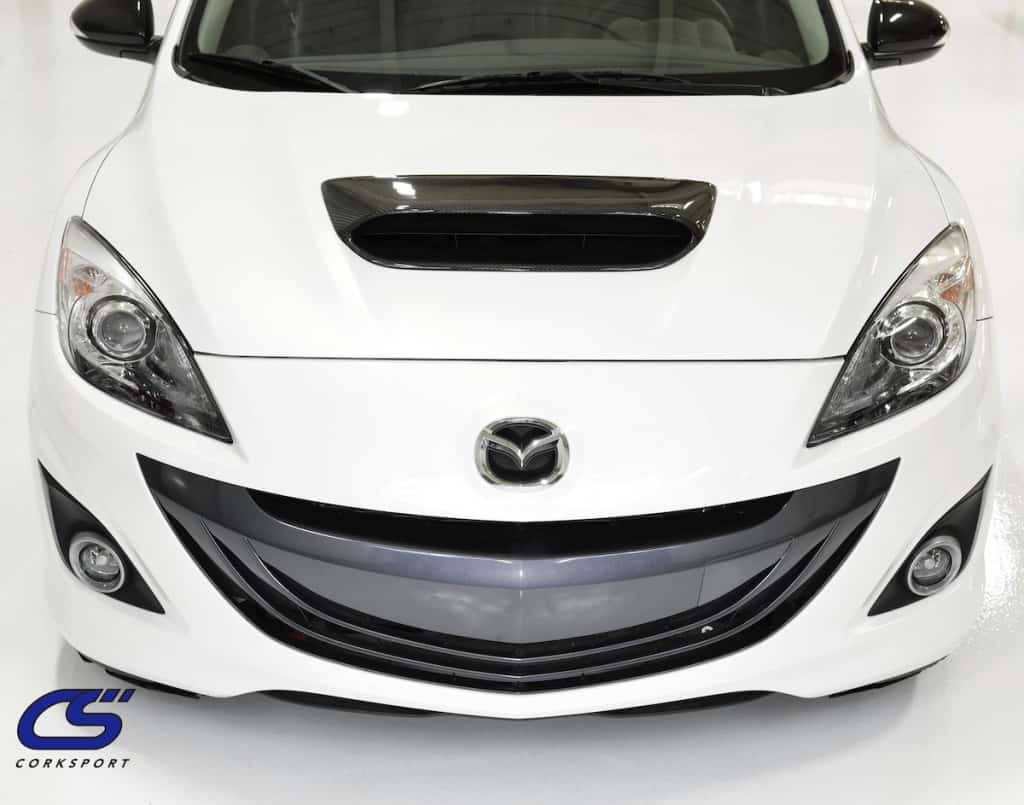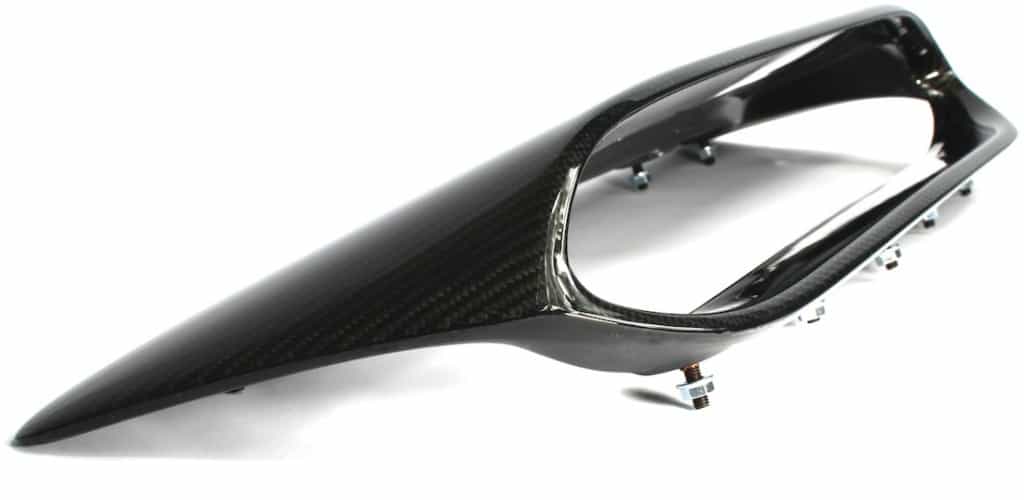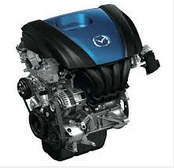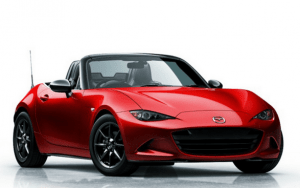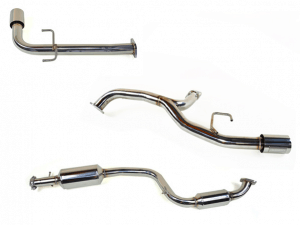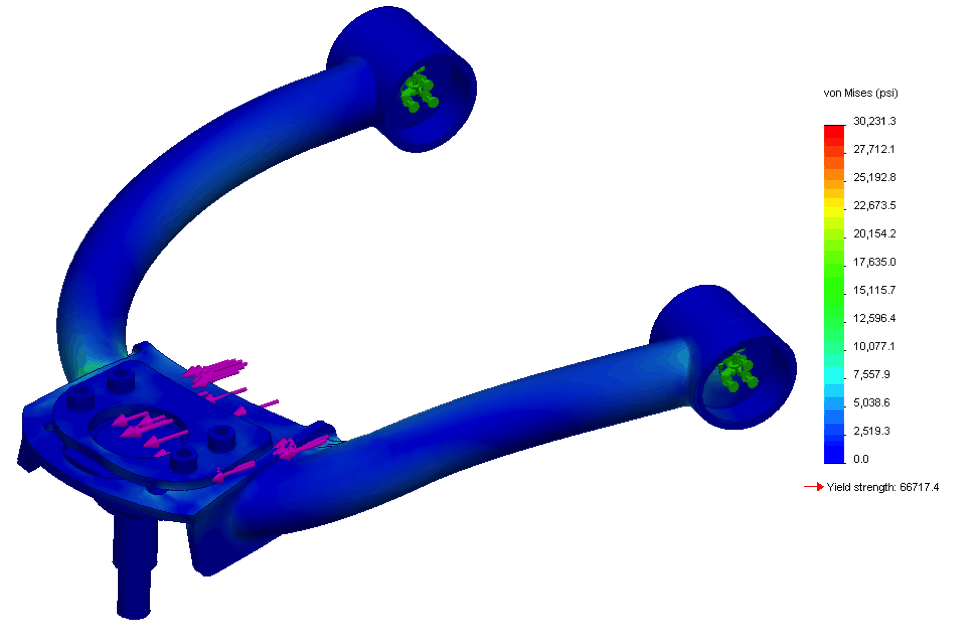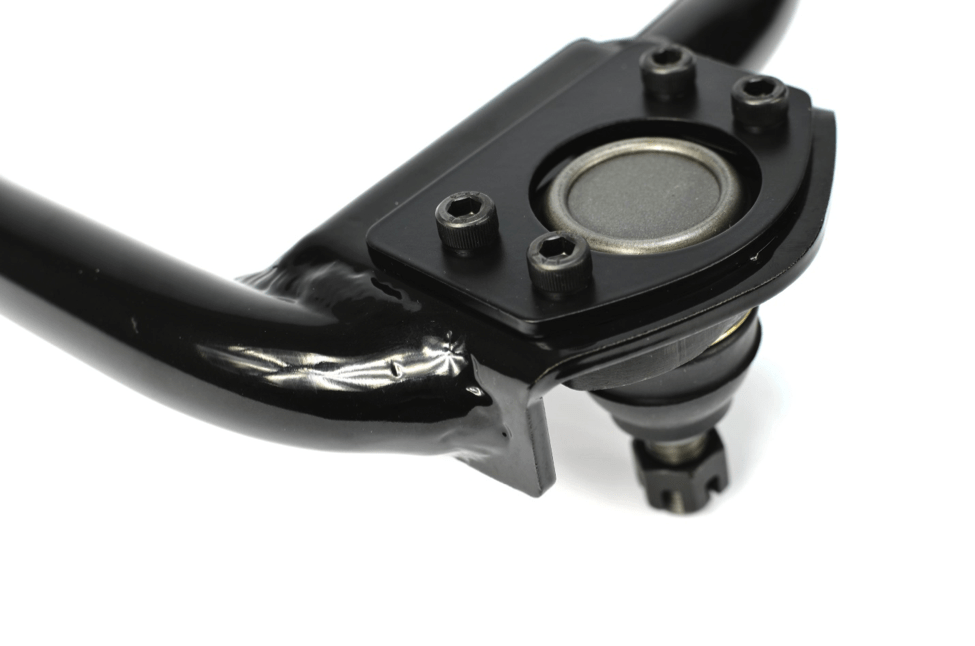Feel like your SkyActiv-powered Mazda is lacking a bit of throttle response and driver feedback?
We hear you, that’s why we’re introducing the all new CorkSport Race Rear Motor Mount for 2014+ Mazda 3 and Mazda 6, as well as 2013+ Mazda CX-5.
Manufactured from 6061-T6 aluminum and anodized, the CorkSport Race RMM is strong, durable, and lightweight. What truly sets the CorkSport Race RMM apart from the competition goes to the 70a polyurethane. This RMM does not use polyurethane inserts that can loosen up and degrade. The 70a polyurethane is poured directly into the mount for a permanent bond with the aluminum body and bushing collar.
More than a handful of prototypes have been tested to ensure that the product arriving at your door is the very best it can be. We tested different durometer polyurethane from 60a to 80a (as well as different bushing sizes) to find the maximum improvement of throttle response and driver feedback without excessive noise, vibration, and harshness. Check out one of the prototypes below.
Now you might be thinking: “How does a motor mount improve throttle response and driver feedback?” In FWD vehicles it is typical for the engine to be oriented in a transverse layout. This means the engine is parallel to the axle centerline, whereas in a longitudinal layout (typical of V8’s and RWD vehicles) the engine is perpendicular to the axle centerline. Anyway, the engine/transmission applies a rotational force (torque) to the drive shafts, in turn rotating the wheels/tires forward.
“For every action there is an equal and opposite reaction.” – Newton’s third law of motion.
The amount of torque applied to the wheels is equal and opposite to what is applied to the engine itself, but what keeps the engine from just rotating? Enter the engine mounts. Unfortunately, the OEM engine mounts are very soft, so the engine is able to move and rotate substantially while driving. This makes for a very plush ride inside the cab, but sacrifices throttle response, driver feedback, and really the general driving experience. Replacing the RMM drastically reduces the amount of rotation the engine is allowed which in turn forces more of the engine’s torque to the tires sooner instead of just rotating the engine in the engine bay. This holds true for any action that affects the engine: throttle inputs, up-shifting, down-shifting…etc.
Improve your vehicle’s performance with the CorkSport Race RMM, and pair it up with the CorkSport Short Shift Plate and Shifter Bushings for the ultimate performance package!
-Barett, CS Engineering


